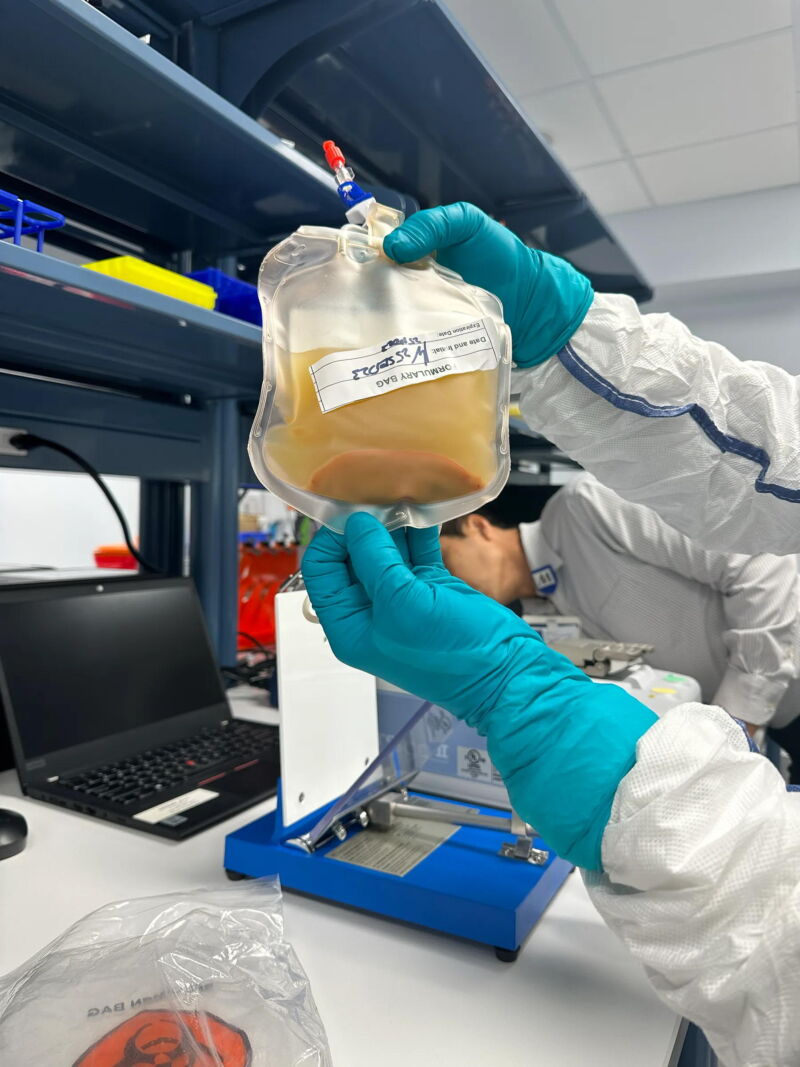
Lygenesis
For the first time, scientists are attempting to grow a new, miniature liver inside of a person. It sounds like science fiction; in fact, the idea was the plot of a Grey’s Anatomy episode that aired in 2018. Now, biotech company LyGenesis is trying to turn the concept into reality.
Today, LyGenesis announced that an initial volunteer has received an injection of donor cells to turn one of their lymph nodes into a second liver. The procedure was carried out in Houston on March 25 as part of a clinical trial that will test the experimental treatment in 12 adults with end-stage liver disease.
These patients usually require a liver transplant, but donor organs are in short supply. LyGenesis is hoping to spur the growth of enough healthy liver tissue that patients don’t need a transplant. “We’re using the lymph node as a living bioreactor,” says Michael Hufford, cofounder and CEO of Pittsburgh-based LyGenesis. He says just 10 to 30 percent in additional liver mass could have meaningful effects for patients with end-stage liver disease.
About 10,000 people in the United States are on the transplant list for a liver, and many will wait months or years to get one. That number doesn’t include those who need a new liver but don’t qualify for a transplant because of other health problems.
Similarly, not all donor livers get matched to a patient awaiting a transplant. Sometimes they’re not the right blood type, or they may be too fatty for use. But they’re still viable for the LyGenesis process—and one donated liver has enough cells, Hufford says, to treat up to 75 people.
From those discarded organs, LyGenesis scientists isolate and purify hepatocytes—the most abundant cells in the liver—and collect them into an IV bag. The next step is getting the cells to the right place in the body.
Healthy donor cells can’t be injected directly into a diseased liver because they won’t survive, says Eric Lagasse, chief scientific officer of LyGenesis and a professor of pathology at the University of Pittsburgh. About a decade ago, he identified lymph nodes as a potential site for a new liver. These small, bean-shaped lumps of tissue help fight infection as part of the immune system. They also have the ability to expand and, like the liver, they filter blood. Because there are so many throughout the body—500 to 600 in adults—repurposing one shouldn’t affect how the rest do their job.

